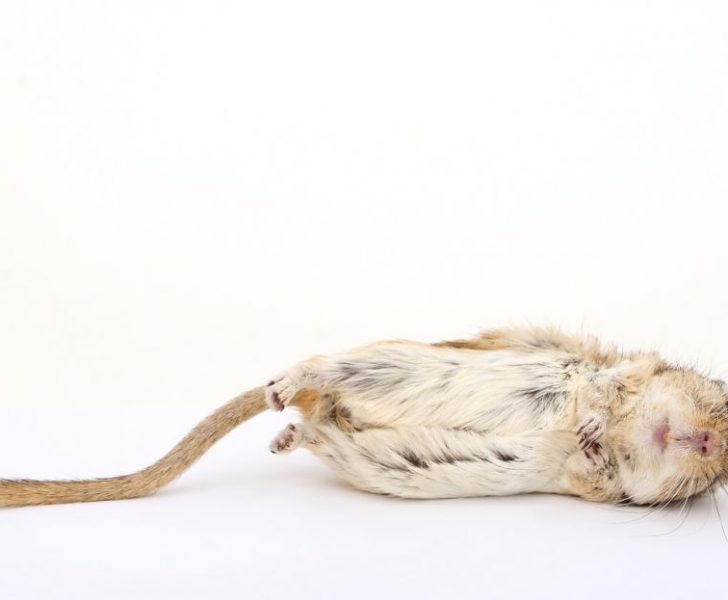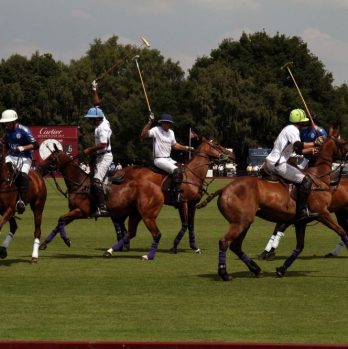Hamster Mature: A Comprehensive Guide to Mature Hamsters

Introduction
Mature hamsters, also known as adult hamsters, are a fascinating and popular choice of pet for many households. In this article, we will provide an in-depth overview of mature hamsters, including their types, popularity, quantitative measurements, differences, and a historical analysis of the advantages and disadvantages associated with various types of hamsters. Whether you are a hamster enthusiast or considering getting a mature hamster as a pet, this article will provide you with all the information you need to know.
1. An In-depth Overview of Hamster Mature

Hamster mature refers to the adult stage of a hamster’s life. Just like humans, hamsters also go through different life stages such as infancy, adolescence, and adulthood. The exact age at which a hamster reaches maturity varies depending on the breed, but it generally occurs around 3 to 4 months. At this stage, hamsters are fully grown, sexually mature, and have developed their characteristic physical features and behavior patterns.
2. Types and Popularity of Hamster Mature
There are several types of hamsters that reach maturity, each with its unique characteristics and popularity among pet owners. The most common types of mature hamsters include Syrian hamsters, Roborovski hamsters, Campbell’s hamsters, and Winter White hamsters. Syrian hamsters are the largest and most popular breed, known for their friendly behavior and solitary nature. On the other hand, Roborovski hamsters are the smallest breed and are highly active, making them a favorite among hamster enthusiasts who enjoy watching their energetic antics.
3. Quantitative Measurements of Hamster Mature
To understand the physical attributes of mature hamsters, it is essential to consider quantitative measurements such as size, weight, and lifespan. Syrian hamsters typically grow to a length of 6 to 7 inches and weigh around 5 to 7 ounces. They have an average lifespan of 2 to 3 years. Roborovski hamsters, being the smallest breed, measure around 2 inches in length and weigh about 0.75 to 1 ounce. These tiny creatures can live up to 3 to 3.5 years, making them one of the longest-living hamster breeds.
4. Differences Among Hamster Mature
Despite their similar title of ”mature hamsters,” there are noticeable differences among the various breeds. Firstly, their physical appearance sets them apart. Syrian hamsters have a stockier build and come in a wide range of coat colors, patterns, and hair lengths. On the other hand, Roborovski hamsters have a slender body and a sandy brown or grayish fur coat. Secondly, their temperament and behavior differ as well. Syrian hamsters are generally more docile and can be held and handled, whereas Roborovski hamsters are highly active and prefer to observe their surroundings from a safe distance.
5. Historical Analysis of Advantages and Disadvantages
Throughout history, hamster breeding has led to the development of different traits and features within the various hamster breeds. Syrian hamsters, for instance, have been selectively bred to have specific coat colors and patterns, making them aesthetically pleasing to many pet owners. However, their large size and solitary nature also mean that they require more space and are best kept alone. Roborovski hamsters, while smaller in size, have a longer lifespan and are highly social, making them great companions for those who enjoy interacting with their pets.
Conclusion
In conclusion, mature hamsters are captivating creatures that make wonderful pets for many individuals and families. From their different types and popularity to quantitative measurements, differences, and the historical analysis of their advantages and disadvantages, hamster mature offers a unique range of choices for aspiring hamster owners. By understanding the characteristics and traits of different hamster breeds, potential owners can make informed decisions and provide the best care for their furry friends.
[Videoklippsbeskrivning: Visning av olika hamsterarter och deras beteenden och egenskaper]











